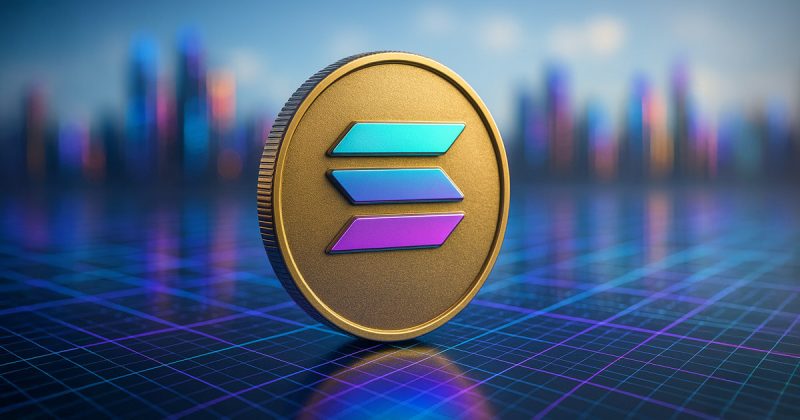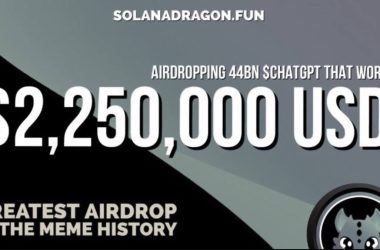Solana (SOL) trading activity contracted sharply in the second quarter while the network’s core infrastructure metrics strengthened across multiple dimensions.
According to an Aug. 15 report by Messari, the total application revenue generated on the network fell 44.2% quarter-over-quarter to $576.4 million from $1.0 billion.
Furthermore, average daily spot decentralized exchange (DEX) volume dropped 45.4% to $2.5 billion, with perpetual trading volumes declining 28.5% to $879.9 million daily. The revenue decline stems from reduced memecoin speculation that drove record trading volumes in the first quarter.
Applications dependent on trading fees, including most DEX platforms, posted lower quarterly revenues as market participants scaled back speculative activity.
Network fundamentals show resilience
Despite the drop in speculative activity, different on-chain metrics signal strong fundamentals for Solana.
The total value locked (TVL) in DeFi protocols on the network grew 30.4% quarter-over-quarter to $8.6 billion, maintaining Solana’s position as the second-largest network by TVL after surpassing Tron in November 2024.
The App Revenue Capture Ratio increased to 211.6% from 126.5%, indicating applications captured $211.60 in revenue for every $100 spent in transaction fees.
Liquid staking penetration rose to 12.2% of SOL supply from 10.4%, enabling expanded DeFi applications built on yield-bearing SOL. Total staked value increased 25.2% to $60 billion, with validator decentralization improving modestly as the Nakamoto coefficient reached 21.
The Nakamoto coefficient measures blockchain decentralization by calculating the minimum number of entities needed to control over 50% of network resources and compromise security.
Furthermore, Anza announced Alpenglow, a consensus protocol redesign targeting sub-150 millisecond finality. The proposal represents a 100-fold improvement over the current 12.8-second confirmation times.
The upgrade eliminates vote transaction fees and streamlines client operations for smaller validators.
Institutional adoption accelerates
The SEC approved Rex Osprey’s Solana Staking ETF (SSK) on June 27, marking the first U.S.-approved staking crypto exchange-traded fund (ETF).
However, the product functions outside traditional SEC-registered spot ETF structures, providing SOL exposure through derivative instruments instead of holding the digital asset directly. Nine other firms have filed applications to launch spot Solana ETFs, with approval decisions expected by October 2025.
Network usage remained stable with non-vote transactions increasing 4% to 99.1 million daily, while fee payers declined 1.4% to 3.9 million.
SOL’s market capitalization grew 29.8% to $82.8 billion, maintaining its sixth-place ranking among cryptocurrencies.
The report concluded that the quarter demonstrated Solana’s capacity to sustain infrastructure development and institutional interest independent of speculative trading cycles.
The post Solana trading activity falls 44% in Q2 despite network fundamentals strengthening with rising DeFi adoption appeared first on CryptoSlate.





